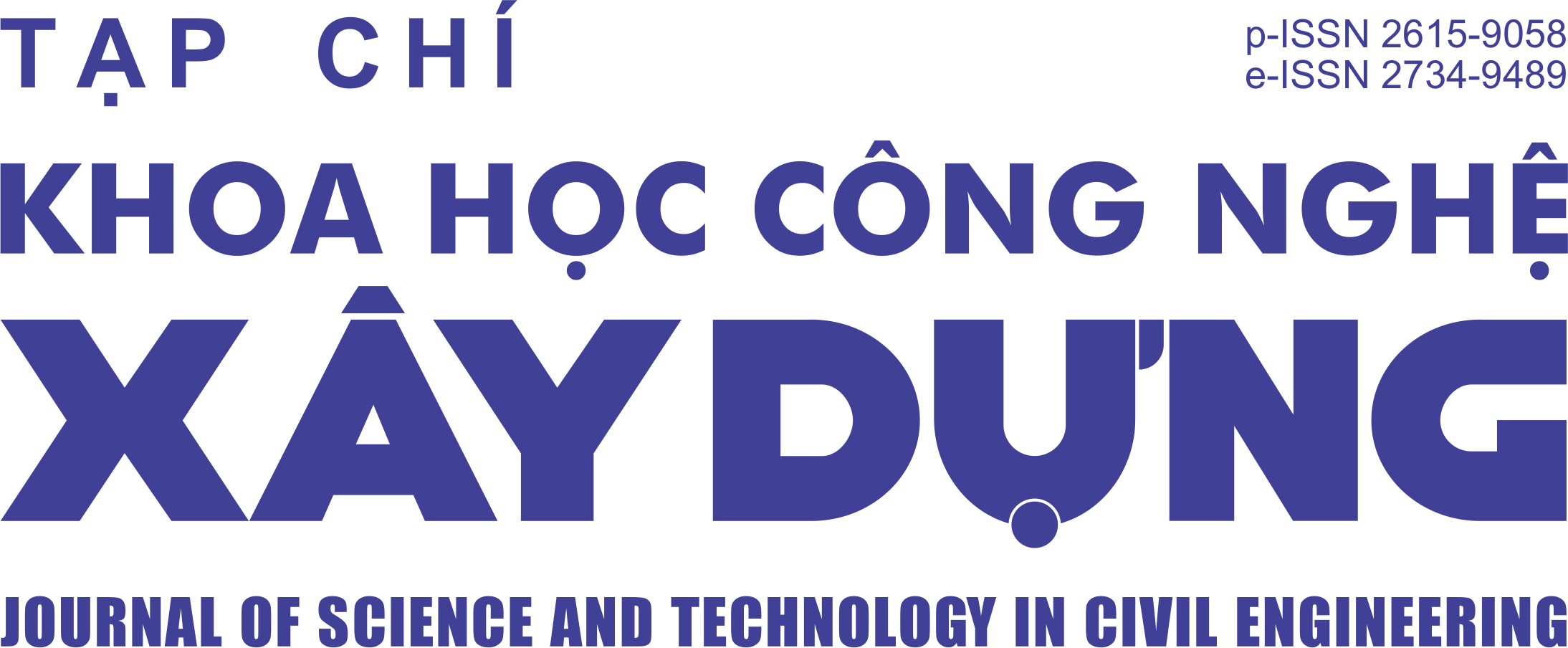Fatigue analysis of jacket support structure for offshore wind turbines
Abstract
In the past few decades and up to now, the fossil energy has exerted tremendous impacts on human environments and gives rise to greenhouse effects while the wind power, especially in offshore region, is an attractive renewable energy resource. For offshore fixed wind turbine, stronger foundation like jacket structure has a good applicability for deeper water depth. Once water depth increases, dynamic responses of offshore wind turbine (OWT) support structures become an important issue. The primary factor will be the total height of support structure increases when wind turbine is installed at offshore locations with deeper water depth, in other words the fatigue life of each components of support structure decrease. The other one will experience more wind forces due to its large blades, apart from wave, current forces, when makes a comparison with offshore oil and gas platforms. Summing up two above reasons, fatigue analysis, in this research, is a crucial aspect for design of offshore wind turbine structures which are subjected to time series wind, wave loads and carried out by aiding of SACS software for model simulation (P-M rules and S-N curves) and Matlab code. Results show that the fatigue life of OWT is decreased accordingly by increasing the wind speed acting on the blades, especially with the simultaneous interaction between wind and wind-induced wave. Hence, this should be considered in wind turbine design.
Keywords: offshore wind turbine; Jacket structure; fatigue analysis; P-M rules; S-N curves.
Received 01 October 2018, Revised 19 November 2018, Accepted 31 January 2019
Downloads
Copyright (c) 2019 National University of Civil Engineering

This work is licensed under a Creative Commons Attribution-NonCommercial-NoDerivatives 4.0 International License.
1. The Author assigns all copyright in and to the article (the Work) to the Journal of Science and Technology in Civil Engineering (JSTCE) – Hanoi University of Civil Engineering (HUCE), including the right to publish, republish, transmit, sell and distribute the Work in whole or in part in electronic and print editions of the Journal, in all media of expression now known or later developed.
2. By this assignment of copyright to the JSTCE, reproduction, posting, transmission, distribution or other use of the Work in whole or in part in any medium by the Author requires a full citation to the Journal, suitable in form and content as follows: title of article, authors’ names, journal title, volume, issue, year, copyright owner as specified in the Journal, DOI number. Links to the final article published on the website of the Journal are encouraged.
3. The Author and the company/employer agree that any and all copies of the final published version of the Work or any part thereof distributed or posted by them in print or electronic format as permitted herein will include the notice of copyright as stipulated in the Journal and a full citation to the Journal as published on the website.







